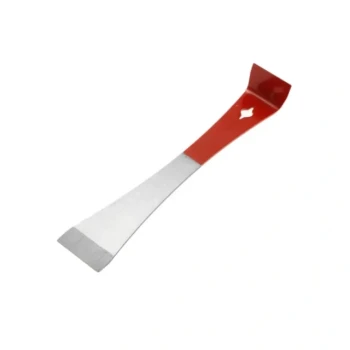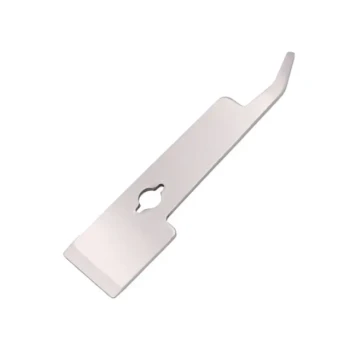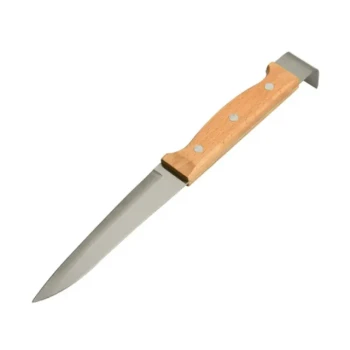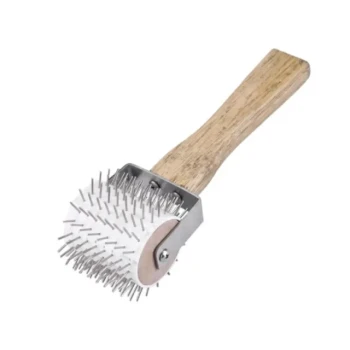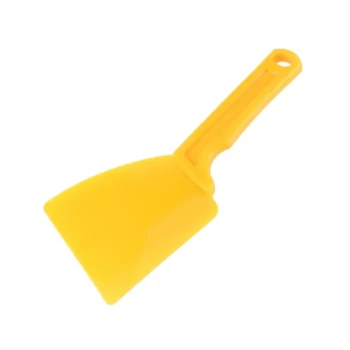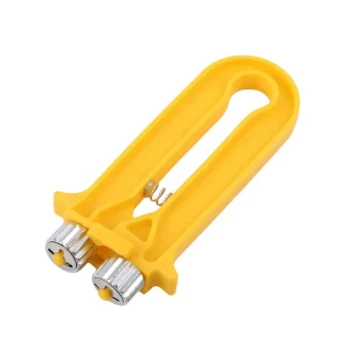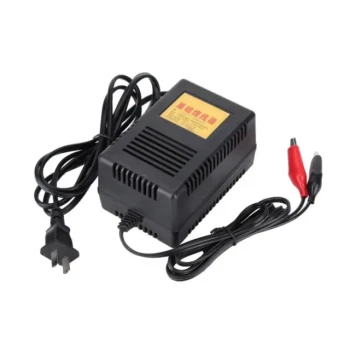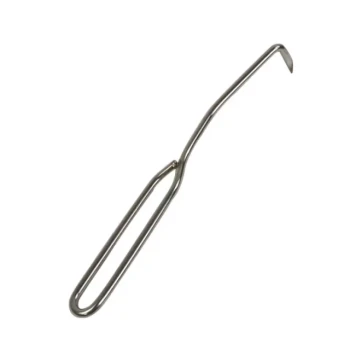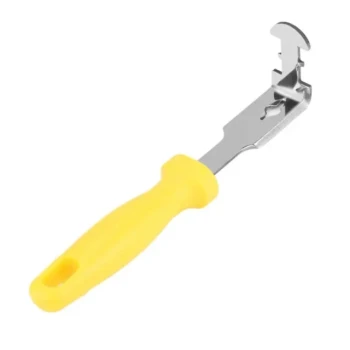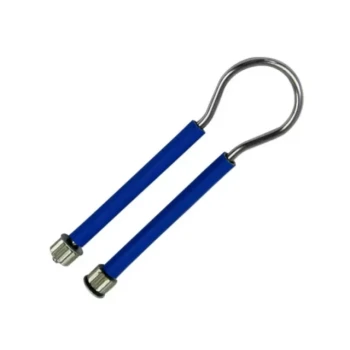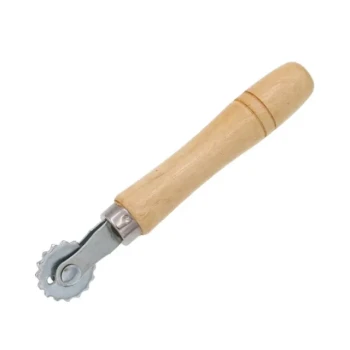To prepare a hive entrance for a move, you must block it securely after all the bees have returned for the night. Crucially, this blockage must allow for ample ventilation to prevent the colony from overheating during transport. Common methods include wrapping the hive in a breathable material like tulle or securely fastening a screened entrance reducer.
The central challenge of moving a beehive is not just containing the bees, but ensuring their survival. Your preparation must balance secure containment with sufficient airflow to manage the immense heat a stressed colony generates.
The Two Pillars of a Successful Move: Containment and Ventilation
A safe hive relocation hinges on getting two things right: keeping all the bees inside and keeping them cool enough to survive the journey.
Why Containment is Non-Negotiable
You must move the hive when the entire colony is inside. This means waiting until well after dark, when all the forager bees have finished their work and returned home.
Sealing the hive ensures you are moving the full colony and prevents bees from escaping, which could be dangerous and result in a weakened hive.
The Critical Role of Ventilation
A sealed hive full of agitated bees can overheat and perish in a surprisingly short amount of time. The colony generates significant metabolic heat, and without airflow, temperatures can rise to lethal levels.
Your entrance block, therefore, must be breathable. Never use solid materials that completely cut off the air supply.
Method 1: Full Hive Wrapping
For maximum ventilation, especially on long or warm-weather moves, wrapping the hive is an excellent method.
You can use durable screen mesh or even a material like tulle. Wrap it around the entire hive body and secure it tightly with straps, ensuring there are no gaps for bees to escape.
Method 2: The Screened Entrance
A simpler method for shorter moves is to block the entrance with a screened closure. You can use a dedicated moving screen or an entrance reducer with a screened side.
It is absolutely critical to screw the entrance reducer or screen in place. Agitated bees can and will push out a simple friction-fit block.
Key Steps for a Safe Relocation Process
Preparing the entrance is just one step. A successful move requires a holistic approach to minimize colony stress.
Timing is Everything
As stated, wait until it is fully dark. The bees will be calmer and clustered inside, making the process much smoother.
Secure the Hive Components
Before you even think about the entrance, ensure the hive bodies, bottom board, and lid are strapped together tightly. Ratchet straps are ideal for this. A hive that comes apart during transport is a catastrophe.
Keep the Hive Level
During the move, do your best to keep the hive level. This prevents the frames and comb from shifting and potentially crushing bees or the queen.
Unload and Re-open
Place the hive in its new, pre-prepared location. Once it is situated, you can remove the entrance block. It's often best to do this and walk away promptly, allowing the bees to emerge and begin reorienting themselves.
Common Pitfalls to Avoid
Mistakes during a move can be costly. Understanding the risks is the first step to mitigating them.
Overheating: The Silent Killer
This is the single greatest risk to the colony. A lack of ventilation is a death sentence. Always err on the side of more airflow, especially if the journey is longer than a few minutes or the ambient temperature is high.
Insecure Closures
Do not simply stuff grass or foam into the entrance. The bees will chew through it or push it out. Any entrance block must be mechanically fastened with screws or held firmly in place by tight straps.
Post-Move Disturbance
After the stress of a move, the colony needs time to adjust. Leave the hive completely undisturbed for several days to a week. This allows them to settle, reorient, and resume their normal routines without added pressure from an inspection.
Making the Right Choice for Your Move
Your method should match the specific conditions of your hive relocation.
- If your primary focus is a short, cool-weather move: Securely screwing a screened entrance reducer in place is often sufficient and efficient.
- If your primary focus is a long-distance or warm-weather move: Wrapping the entire hive in screen or tulle is the safest choice to provide maximum ventilation and prevent overheating.
- If you are inexperienced or uncertain: The full-wrap method is more forgiving and provides the highest margin of safety against overheating.
Ultimately, a successful move is defined by a calm, healthy colony establishing itself in a new location with minimal loss.
Summary Table:
| Step | Key Action | Why It's Important |
|---|---|---|
| Timing | Block entrance after dark. | Ensures all forager bees are inside. |
| Containment | Use a securely fastened, breathable screen. | Prevents escapes and allows airflow. |
| Ventilation | Avoid solid materials; opt for mesh or tulle. | Critical to prevent lethal overheating. |
| Securing Hive | Strap hive bodies together tightly. | Prevents the hive from coming apart during transit. |
Ensure a stress-free move for your apiary with professional-grade equipment from HONESTBEE.
Moving hives is a high-stakes operation. Using the right supplies is not just a matter of convenience—it's essential for the health and survival of your colonies. HONESTBEE supplies commercial apiaries and beekeeping equipment distributors with durable, reliable moving essentials, from secure straps to ventilated screens, designed for the rigors of professional beekeeping.
Let us help you protect your investment. Contact our wholesale experts today to discuss your equipment needs and ensure every hive relocation is a success.
Visual Guide

Related Products
- HONESTBEE Professional Multi-Functional Hive Tool with Ergonomic Wood Handle
- Multi-Function Plier-Style Frame Grip Hive Tool
- Professional Dual-End Stainless Steel Hive Tool for Beekeeping
- HONESTBEE Professional Long Handled Hive Tool with Precision Cutting Blade
- Professional Multi-Function Stainless Steel Hive Tool
People Also Ask
- What types of hive tools are available for beekeepers? Choose the Right Lever for Your Apiary
- What is a J-hook hive tool and why is it favored by some beekeepers? Master Gentle Frame Handling
- Why do hive tools have a hole? Unlock the Secret to Efficient Beekeeping
- Why is it recommended to have multiple hive tools on hand? Essential Tips for Efficient Beekeeping
- What is the hole in a hive tool for? A Multi-Tool for Apiary Repairs and Maintenance






